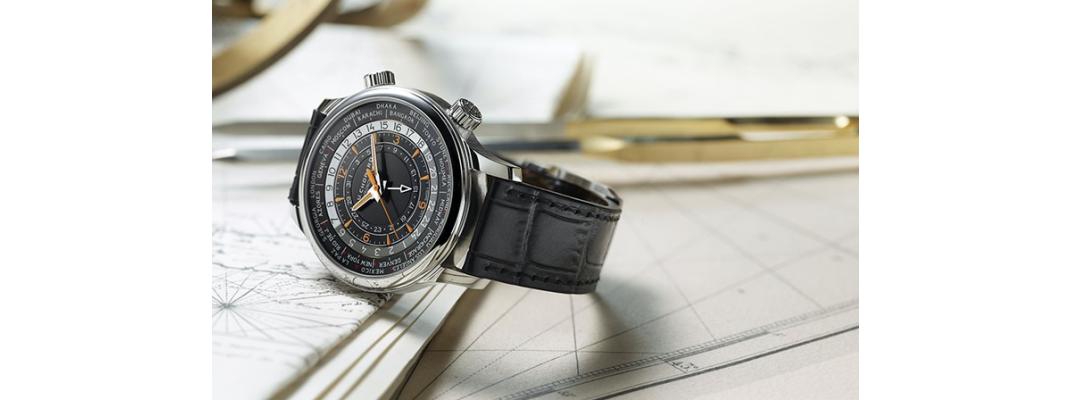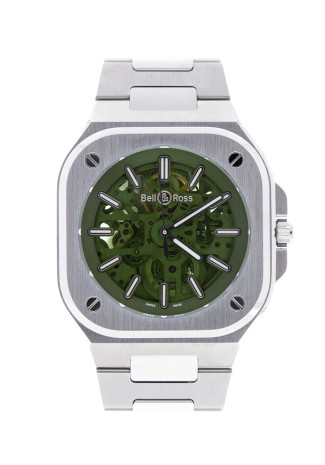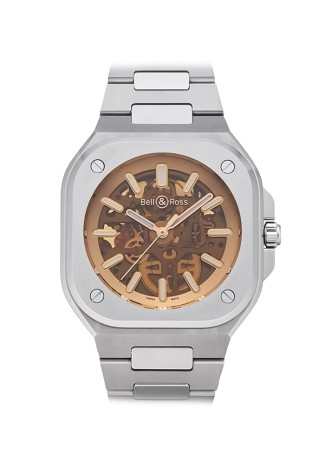Imagine this: it’s 12MP and you almost have to board your flight from Hong Kong to London. You also need to call your office in New York to give them an update on your latest meeting, and you can’t forget to return a call from a client in Sidney. You also just remember that you still have to call your mom in LA to wish her a happy birthday. Who can you call and who will be asleep?
Does this problem sound familiar to you? Probably not.
On the other hand, diving 500 meters deep and racing F1 cars doesn’t sound familiar either, but that hasn’t stopped you from buying a dive watch and chronograph either, hasn’t it?
World time watches are some of the most interesting, yet underrated complications out there. Most of us have heard about this complication, but very few actually know how it works. World timers are a more ‘exclusive’ complication, but they aren’t reserved for +€100k watches anymore. There are some amazing and interesting variations of this complication at every price point.

Is A World Just a Fancy GMT?
No, it’s much more. A GMT function allows you to track one (or two if you have a rotating bezel) extra time zones next to your regular time.
A world time offers you much more. With a world time, you can track 24 time zones in 24 different cities. You can see what time it is in every city on your dial. Do you travel between time zones? By the press of a button, all the cities and hour markers reconfigure and realign to the correct time, all mechanical. Because they are so much more complicated than a GMT function, most world time models cost more than the average GMT watch.
Since they are more expensive than a GMT, and because very few people actually need to track more than three time zones at once, few brands offer a world time complication in their catalogue, while the GMT is a widely offered complication.
Next to being an incredibly complex and interesting complication, world time watches usually feature some of the most beautiful designs. These watches have a big ring fitted with the names of different cities around this ring. Every brand choses their own cities they want to highlight. Many models are also fitted a map of the world, giving this an incredibly interesting dial. Busy yet organised, full but easily readable.

The world time complication was invented in the 1930’s by Louis Cottier, an independent watchmaker.
Vintage Versus New
The new complication quickly caught on and got adapted by brands like Patek Philippe and Vacheron Constantin, two brands whose modern world timers are still considered as the best available.
Since a few years, many other brands have entered the world of world time watches. Before, the world time was often seen on the most exclusive and expensive models a brand had to offer. Only the top brands offered them, mostly in precious metals. Since a few years, brands like Nomos, Omega, Breitling and IWC are offering their own models in stainless steel. This takes the world time from the mid 5 figure/low six figure price range to the mid four figure price range. A difference that opens world timers up to a completely new audience. Vacheron Constantin also offers an Overseas Worldtimer in stainless steel, making it much more accessible than his gold and platinum brothers.






